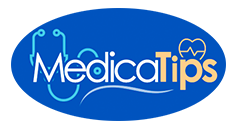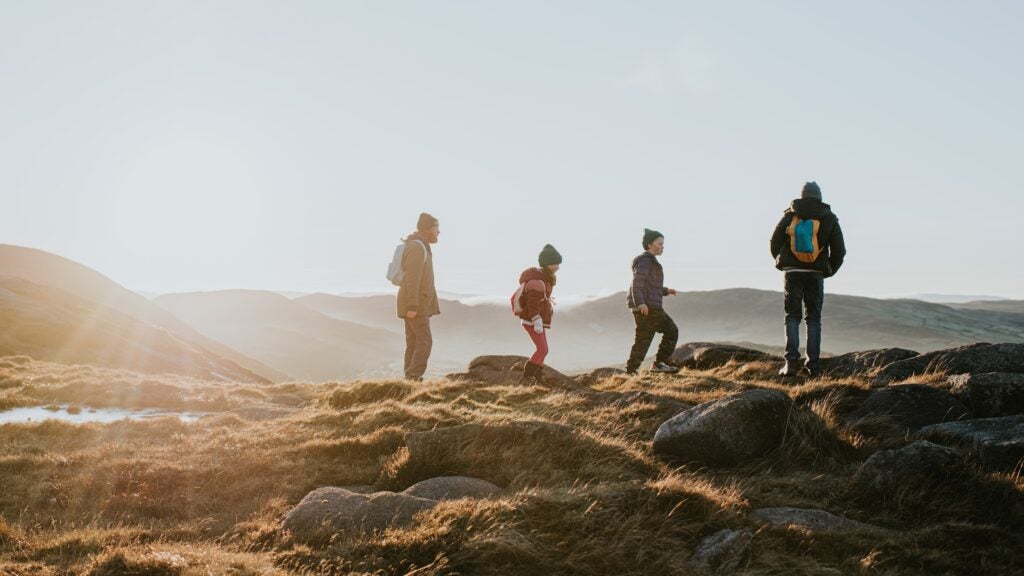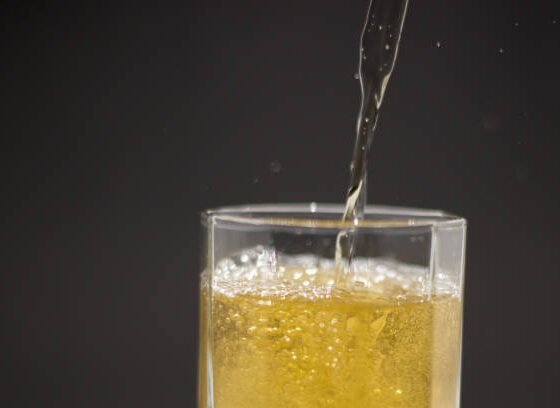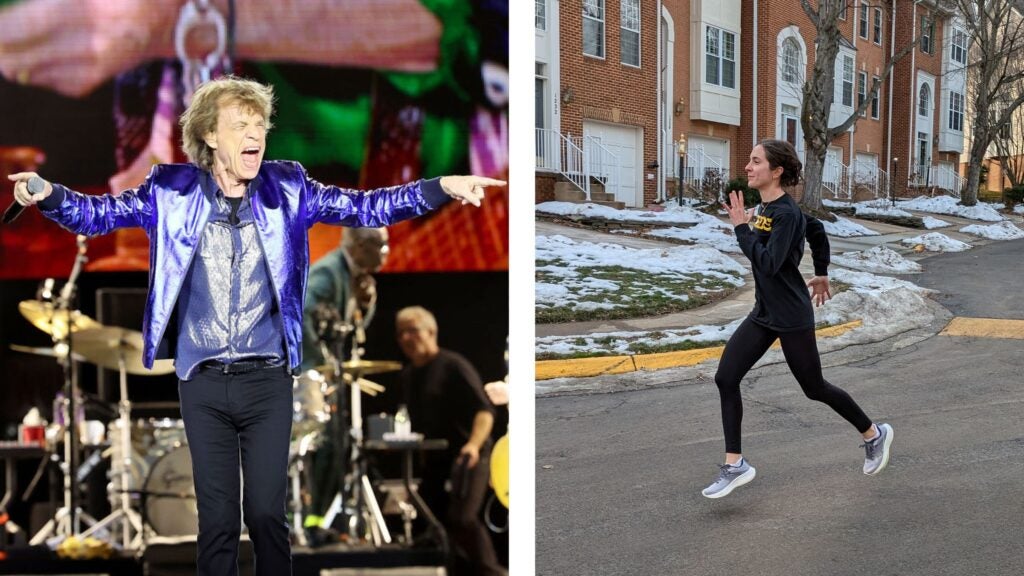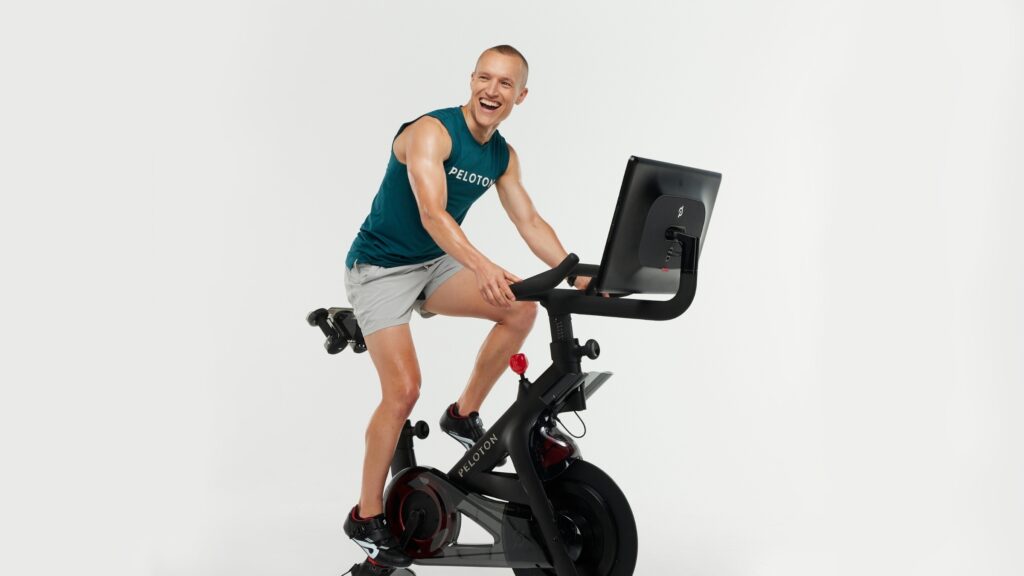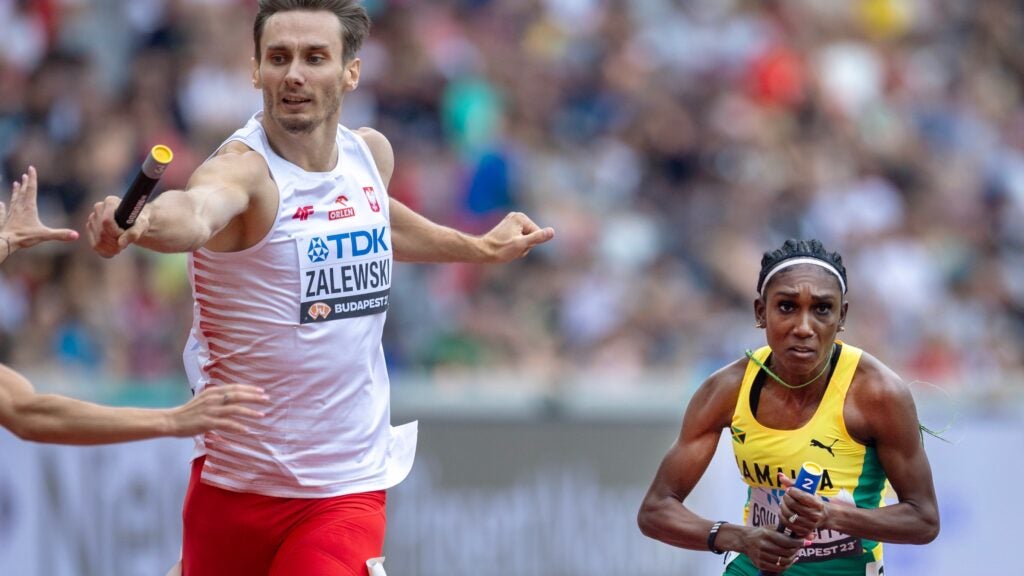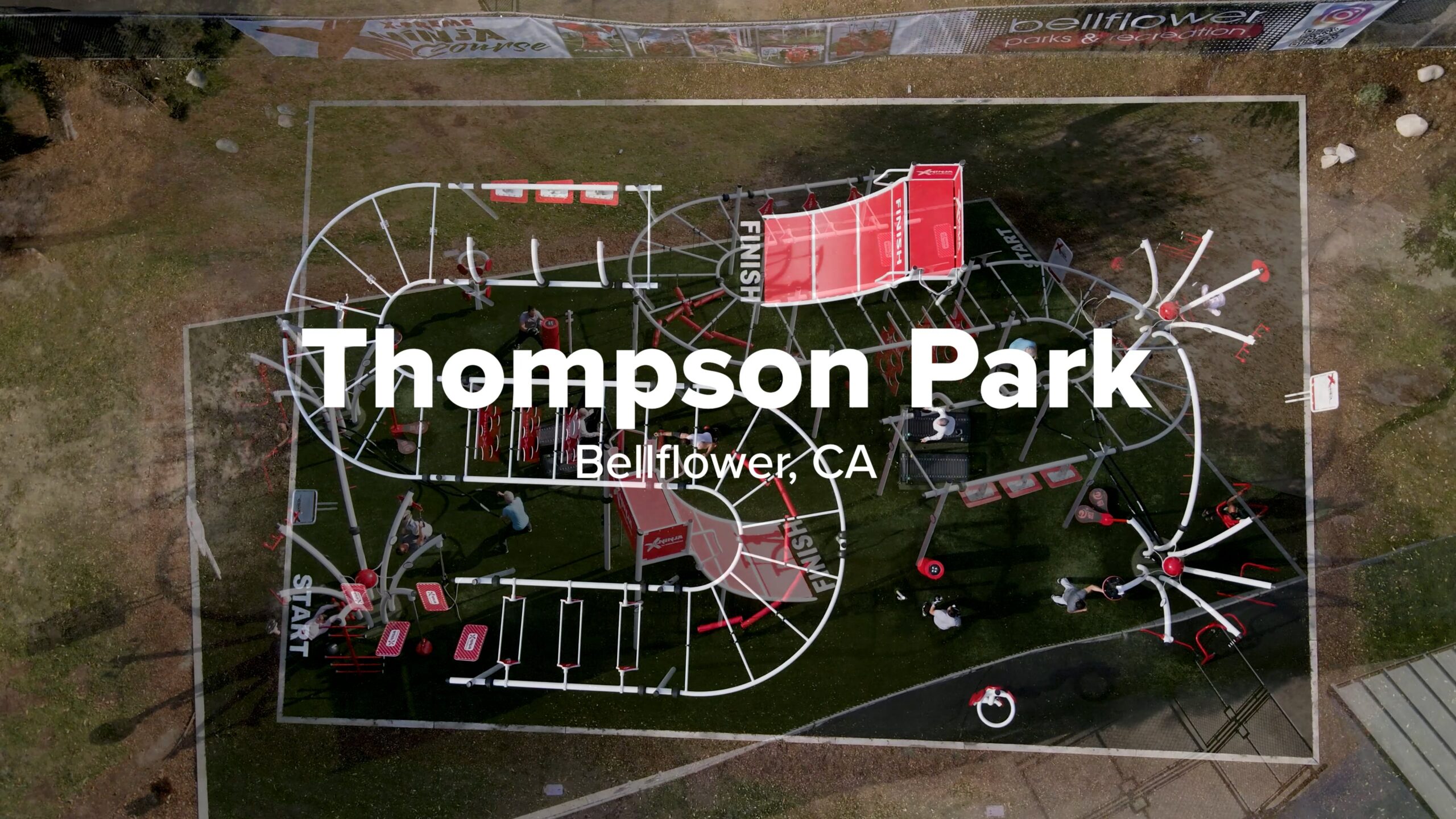If your lower back or knees ache at the end of a long day on the slopes, you may have limited hip mobility.
Compromised range of motion in the hips can be “a silent culprit” for pain elsewhere in the body, says Mandie Majerus, a physical therapist with Lake Washington PT in Kirkland, Washington, and co-founder of the Alpine Training Project, an online ski and snowboard training program designed by physical therapists to improve performance and reduce injuries. If you lack mobility in your hips, “your body is going to find it somewhere else,” Majerus says.
Majerus has been working on the medical team for World Cup ski races and training camps for 14 years. During that time, she has noticed a consistent trait in the athletes who top the podiums: “They wake up, do their hip mobility work, go ski, and then come right back to the gym to do their cooldown.”
For the rest of us, dedicating even a few minutes a week to improving our hips’ range of motion and stability can have a meaningful impact on ski performance, longevity in the sport, and overall health.
How Do Your Hips Move When You Ski?
Think of your hips as “the steering wheel of your lower body,” says Majerus. Each turn is initiated from the hips. As you carve, your hips alternate between abduction (the movement of the leg away from the body) and adduction (the movement of the leg towards the body), or external and internal rotation.
If your hip mobility is compromised and you can’t rotate well, you’ll be less effective at turning your skis, Majerus says. As a result, you’ll start relying on your back to power these movements, which can lead to aches and pains.
Similarly, if you’re lacking mobility and stability in your hip muscles (including the glutes, adductors, hamstrings, and hip flexors), “that load all goes into your quads and therefore your knees,” explains Majerus.
About one third of all alpine ski injuries occur in the knee, with the majority impacting the anterior cruciate ligament (ACL), according to a 2020 study published in Knee Surgery, Sports Traumatology, Arthroscopy. These injuries often occur when we catch or lose an edge in a turn, or fall backwards. But there’s evidence that strong hip muscles can lower your risk of knee injury. A 2015 study published in the American Journal of Sports Medicine found that lower preseason hip abduction and external rotation strength increased the risk of suffering a non-contact ACL injury during the competitive season.
Even if you stick to groomers, you’re likely to encounter some uneven terrain. Your hips are responsible for absorbing the shock of those bumps, maintaining your center of gravity, and helping you adjust quickly to ice and bare patches.
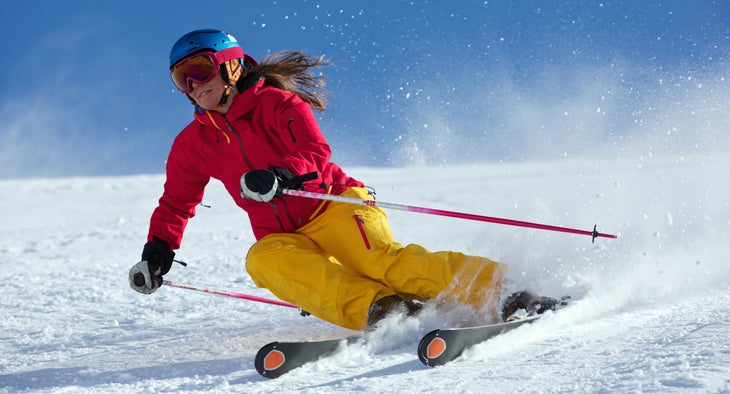
When Can You Work Through Discomfort and When Should You Seek Help?
If you experience a nagging ache while skiing or develop a new acute pain when you stand up at the end of après, you may need professional help, Majerus says.
She suggests following a traffic light scale to determine if you can keep skiing or if it’s better to take a break. Green would be “no pain.” Yellow should register at about a four out of ten on the pain scale, when you can ski through a small amount of discomfort that doesn’t seem to be increasing. Red is when your gut tells you not to keep pushing, or when there is localized swelling, pain, or warmth; that’s when it’s time to rest and seek care from an orthopedist or physical therapist.
The Moves
Majerus suggests starting to work on hip mobility and stability at least two to four weeks before your ski season begins with two to three sessions a week, then repeating your exercises two to three times a week throughout the season. (The couch stretch can be done daily). You can do this routine—which promotes mobility, flexibility, and stability—in the morning or evening. Just be sure to do it at a time of day when you’re able to pay close attention to how your body feels as you move.
Before you head out for a powder day, be sure to do a dynamic warmup. Once you’re off the slopes, give your hips some extra care and attention.
“Instead of coming home from a day of skiing and then just grabbing a beer and sitting on the couch, do a couple of hip stretches and maybe some foam rolling,” says Majerus.
Hip Hinge

How it helps: Ensures your hips are hinging correctly before you load them with your body-weight while skiing
Begin by standing with your back to a wall or other vertical surface, like the side of a box. Step a few inches away from the wall (about the length of one of your feet). Your feet should be hip-width apart and your arms can be crossed over your chest or held straight out in front of you. Maintaining a straight back, bend slightly at your knees and hinge at your hips to push your rear back until it taps the wall, then return to standing. You should feel a stretch in your hamstrings throughout the movement. If you are unable to tap the wall, try moving a little closer. Perform two sets of ten reps.
You can progress this movement by stepping farther away from the wall, or by holding a kettlebell at your chest.
Supine Hip Internal Rotation Stretch
How it helps: Improves internal hip rotation
Lie on your back with your knees bent and your feet flat on the floor. Your feet should be about two feet apart (if you’re on a yoga mat, they should be just outside the edges of your mat). Let both knees drop towards the same side until you feel a stretch on the outside of your hip. Repeat on the other side. Hold about five seconds for each rep, repeating ten times on each side.
Side Lying Hip Abduction with Wall Support
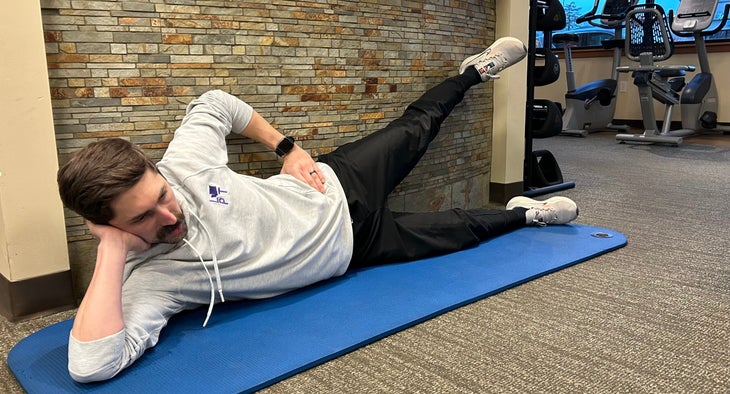
How it helps: Strengthens hip abductors
Lie on your side with your back pressed against a wall. You can either rest your head on your bottom arm or cradle it in your hand to support your neck. Straighten your top leg and allow a slight bend in your bottom leg. Raise your top leg up, sliding your heel along the wall, and stop before your upper leg rotates or pulls away from the wall. Then, lower it back down. You should feel this movement primarily in your glutes. Complete ten reps on one side before switching sides. Perform two or three sets.
To make this exercise more challenging, move your upper body slightly away from the wall but keep the heel of the top leg in contact with the wall as you raise and lower. When you’re ready to progress from there, you can try this move without wall support.
Airplane

How it helps: Improves hip rotation
Stand on one leg with a slight bend in your knee, hinge forward at your hips, and raise your opposite leg slightly so your foot hovers over the floor. Maintain tension through the raised leg. With your arms outstretched to the sides like airplane wings, twist your torso towards the standing leg, aiming for about a 45-degree angle, allowing the opposite hip to drop slightly. (If balancing in this position is challenging, try performing it next to a couch, chair, or countertop and holding on for added stability). Return to center, then twist and open your torso towards the opposite side, aiming for about a 10-degree angle only. You should feel this movement primarily in the glute, hamstring, and quad of the standing leg. Perform one set of ten reps, completing all reps on one side before switching sides.
Bulgarian Split Squat
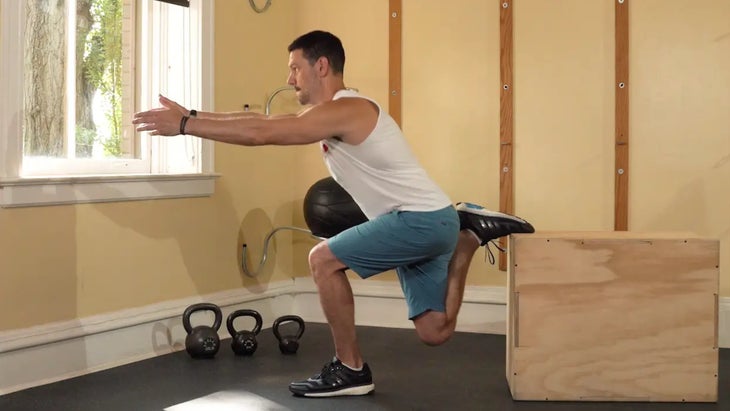
How it helps: Teaches you to properly engage your glute muscles during movement
Stand about two feet in front of a bench or a chair, facing away from it, with your feet hip-width apart. Lift one leg, bend at the knee, and place the top of that foot on the flat surface behind you. You can cross your arms at your chest or extend them in front of you. Engage your core and begin to lower your butt towards the ground, bending the knee of your standing leg, and allowing a slight hinge at your hips. Your opposite leg should bend as well, but most of your weight should be in your front leg as you lower into the squat. Continue to lower, making sure the knee of your front leg stays in line with your ankle, until your front thigh is parallel with the floor. Press the foot of your standing leg into the floor to return to standing. Keep your back leg elevated on the bench throughout the entire set. You should feel this movement primarily in the quads, hamstrings, and glutes of your front leg. Complete ten reps on one side before switching sides. Perform two sets on each side.
You can make this movement more challenging by adding an isometric hold at the bottom of the last rep of each set for about 20 seconds.
Couch Stretch
How it helps: Opens up the hips and helps relieve tight hip flexors
Begin in a kneeling position facing away from a couch or chair. Bend one leg and rest the top of that foot on the couch or chair. Step your opposite leg forward to form a 90-degree angle, with your foot flat on the floor. Engage your core and glutes, keep an upright torso with your shoulders over your hips, and push your hips forward until you feel a stretch in the front of your hip and thigh. Hold for 30 to 60 seconds for two sets on each side. You can do this movement daily to maintain flexibility in your hip flexors.
Source link
